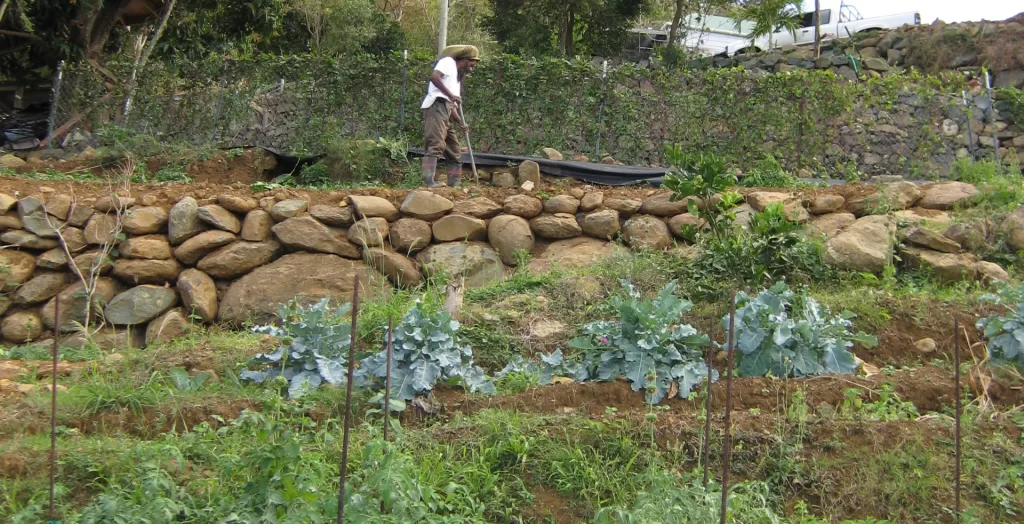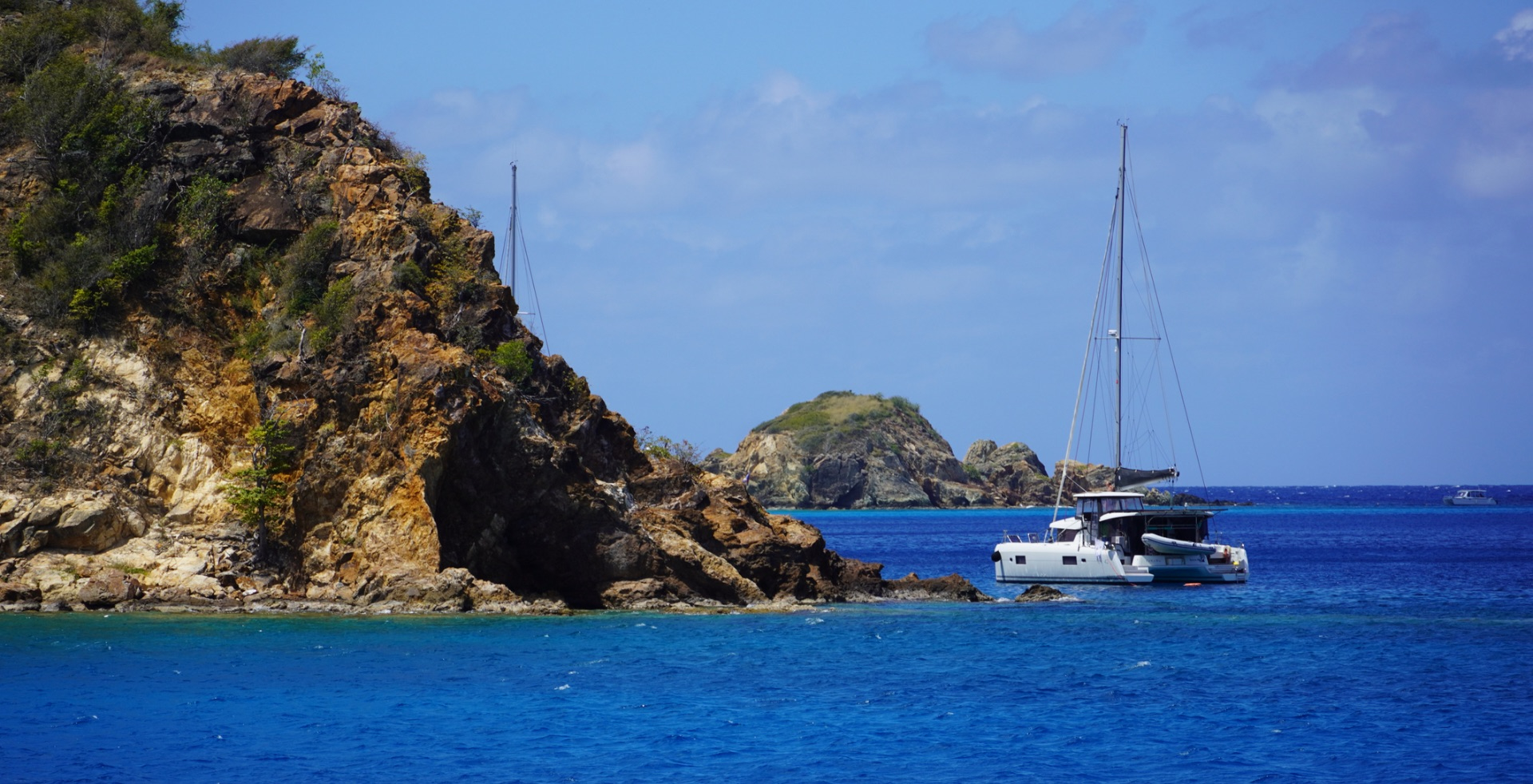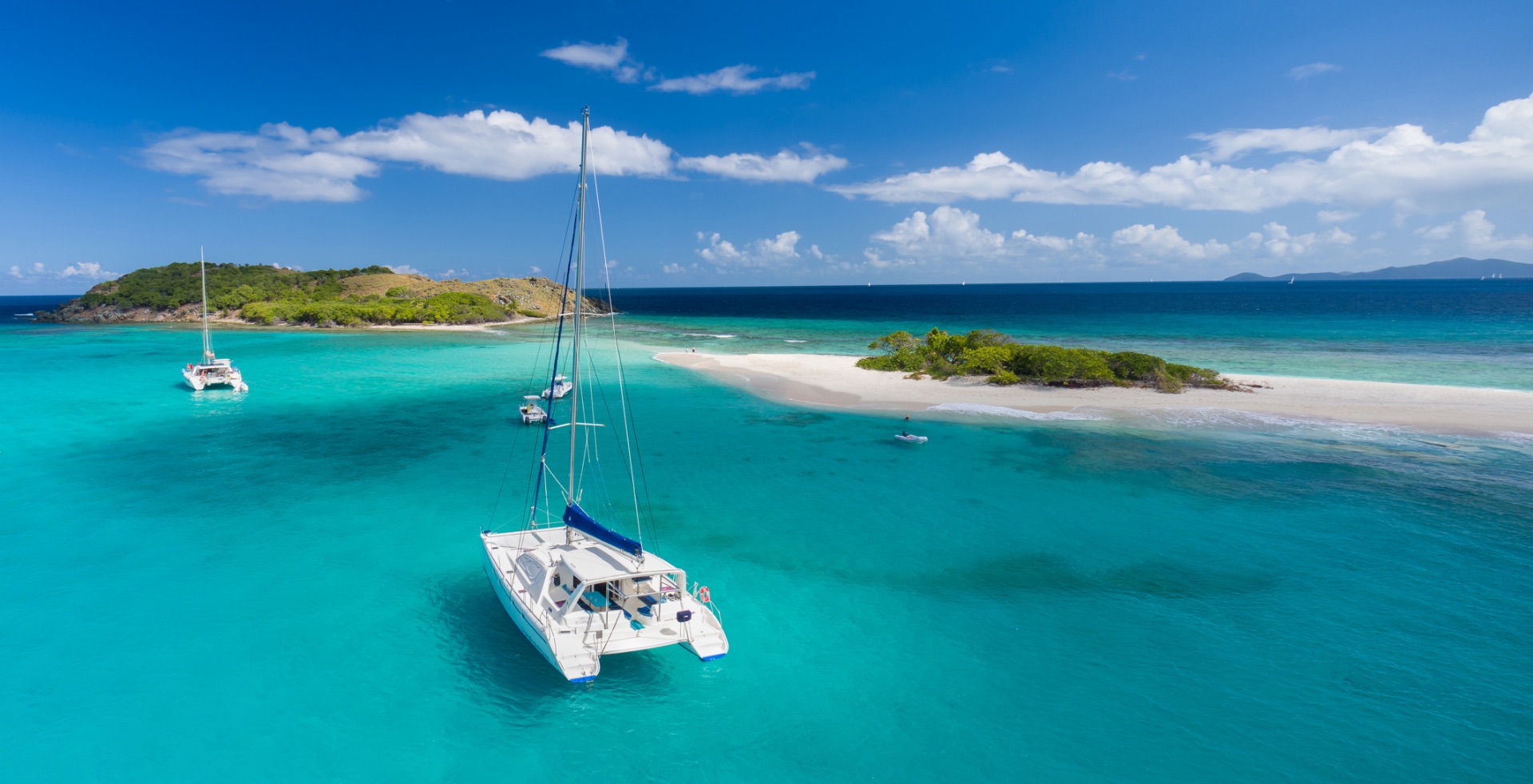Celebrating Farmers and Fishers’ Week 2024
By Claudia Colli
Apricot-hued papayas, green mangos speckled with russet red, tawny pineapples, and spinach, a deep forest green. These are the colors of the BVI’s agricultural heritage, one still carried on by a small but dedicated group of Virgin Islands farmers.

Many of these farmers wares were on display when I attended the 2023 Farmers and Fishers’ Week. This year the celebration is bigger and lasts longer, spanning the month of March. Events will be held on several sister islands including Jost Van Dyke, Anegada and Virgin Gorda. Upcoming events include
- 16th and 17th March, Tortola Exhibition and Market
- 20th March, Students’ session, Agricultural Education Options
- 23rd March, Jost Van Dyke Exhibition and Market; Virgin Islands Products Gourmet Dinner-Tortola
- 30th March Tortola Farm Tours; Virgin Gorda Wahoo Mania Fishing Tournament
I’ve attended many BVI agricultural fairs and enjoyed the displays of award winning fruits and vegetables, livestock pens of sheep, goats and pigs (who can resist these endearing animals?), and numerous activities.
In a large pen a sow suckled her piglets, as attentive as any good Mom. The owner came over to spray them with water to keep them cool and create a mud patch which the youngsters enjoyed rolling around in. It was a prime example of pigs living up to their reputation.
While there, I bought a Johnny cake and several bags of produce including an avocado, papayas (two because they looked so good), a beautiful orange pumpkin and a hand of small fig banana. It was gratifying to know that I would be eating the freshest produce this week.
On the stage, a fungi band played traditional scratch band music, music popular here for many generations. The musicians were young and it was good to see the tradition being carried on so competently.

Click on link below to enjoy the fungi band in action:
https://www.youtube.com/channel/UC3qKo9CQjfmC9EIhT9CX6hA
The BVI’s farming tradition has been embedded in its culture for hundreds of years. The Virgin Islands were originally settled by native tribes from South America. These Amerindians, as they were known, travelled up the island chain by canoe settling here around 1,000 AD. At first hunter gatherers who fished and collected seafood from the shore, they later planted root crops like cassava and sweet potato – staple crops which are native to the Americas.
By the time the English arrived here in the middle of the 17th century, the Ameridians were gone, but in their wake, the islands’ steep hills and fertile valleys proved ideal for plantation agriculture. These plantation owners primarily planted cotton and sugar cane, both important commodities for the export market. Livestock and garden plots provided the food they needed for themselves and the African slaves that worked the plantations. The reprehensible institution of slavery was eliminated in 1834 with Emancipation, but the BVI’s agricultural tradition carried on.
Within a few decades the planters had abandoned the islands. The land they left behind was divided by the former slaves into plots to farm and eke out a subsistence living. Farming here was never lucrative, but people got by, growing the same root crops once farmed by the Amerindians along with an abundance of tropical fruit including mangos, soursop, mammy apples, as well as breadfruit, bananas and plantain.

Any extra produce was often taken by island sloop to neighboring St. Thomas to be sold in the markets there. But it was also sold in Road Town’s central market. Prior to the reclamation of Road Harbour in the late 1960s, the market was located on the waterfront, near the site of the present day Sir Olva Georges Plaza. Situated adjacent to the ferry dock, the area bustled with activity. Fishermen sold their fresh catch straight from boats tied to the dock, and vendors sold their produce from baskets and cartons resting on the ground nearby.
Rufus Dawson, an 81-year-old farmer, grew up in Georges Hollow in the fertile farming land above Road Town. When he was a schoolboy, going to market was the highlight of his week. “We raised cows,” he explains, “and I would walk to town on Saturdays to sell milk.” He also sold fresh produce at the market including mangos, bananas and soursop. In return, he says, “I would buy a treat like a tart, a pudding or a patty. Sometimes I would exchange some of the goods for fish. This is the way we bought and sold goods, there was no other way to sell things except at the market.”
In 1968 approximately 60 acres of Road Harbour was reclaimed creating the area now known as Wickhams Cay. At the same time, a new road was built along the Road Town shoreline, also on reclaimed land. No longer on the waterfront, the market by the jetty soon ceased operation.
Eventually, a covered open-air market was erected near the roundabout and a new market tradition was launched. “It was packed, packed, packed on Saturday mornings, and it was always best to get there early,” said farmer Benjamin Peters, who sold his goods there. But in need of an upgrade, the market was closed and early this year was rebuilt with brightly painted booths which vendors can rent.
In addition to the Road Town market local farmers sell their produce in a variety of ways from setting up tables at local fairs, the annual food fair at August Festival, a community favorite and selling directly to grocery stores most of which have a local produce section.
And of course there is the annual Farmers and Fisher’s Week. What better way to celebrate the British Virgin Islands centuries old farming tradition?
https://bvi.gov.vg/media-centre/agriculture-and-fisheries-2024-exhibition-starts-bang

For more on BVI history and its agricultural roots read






